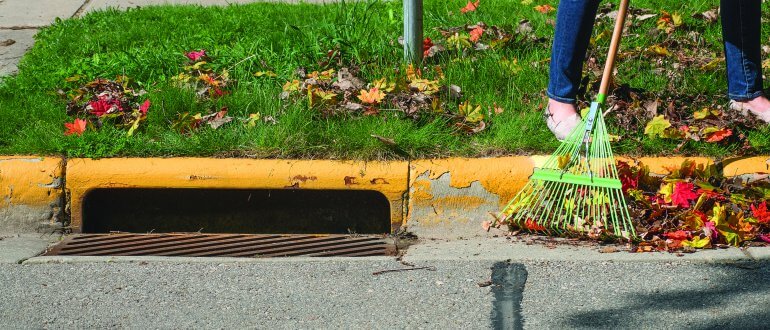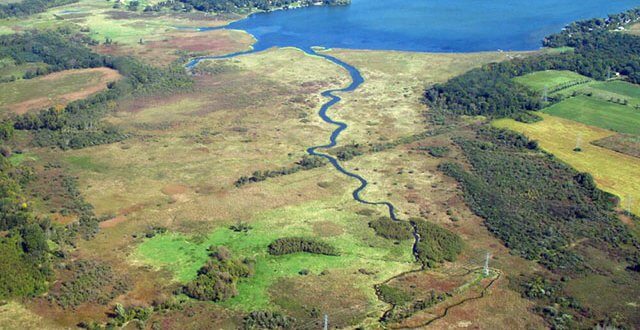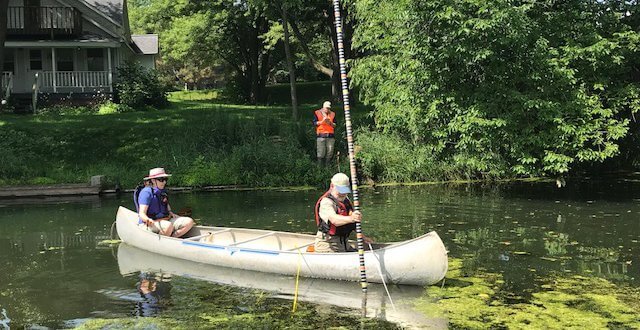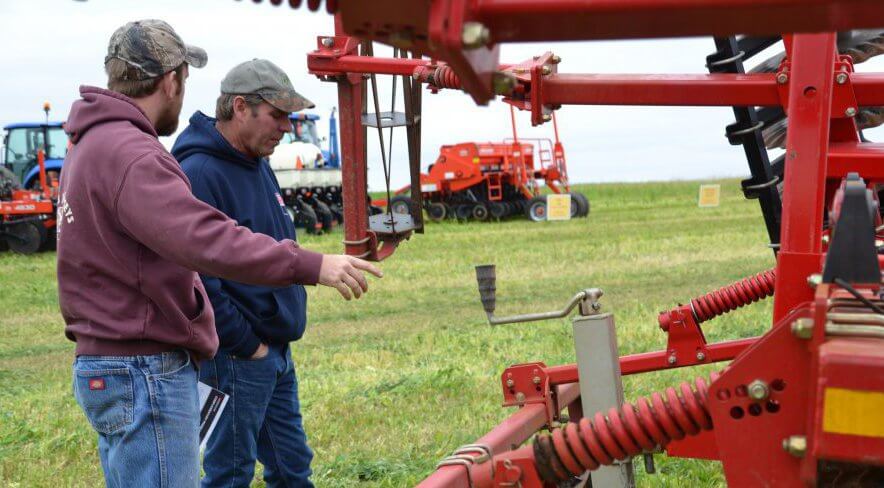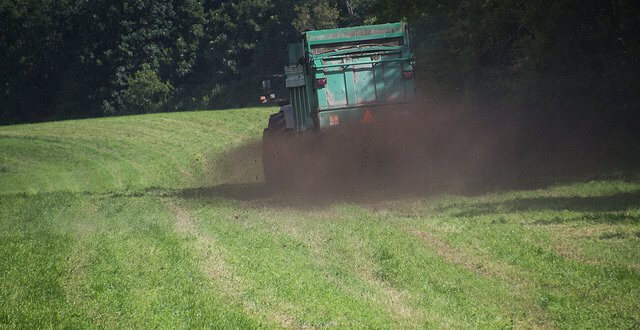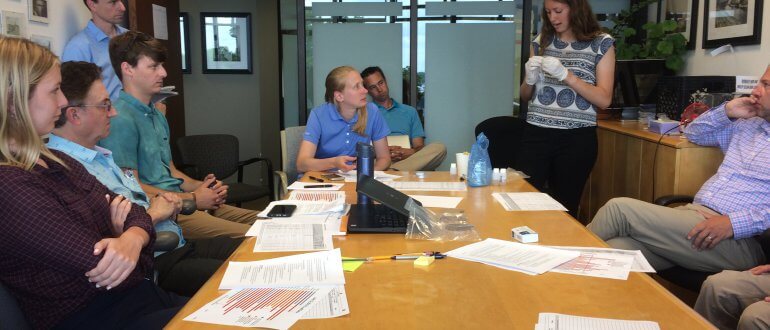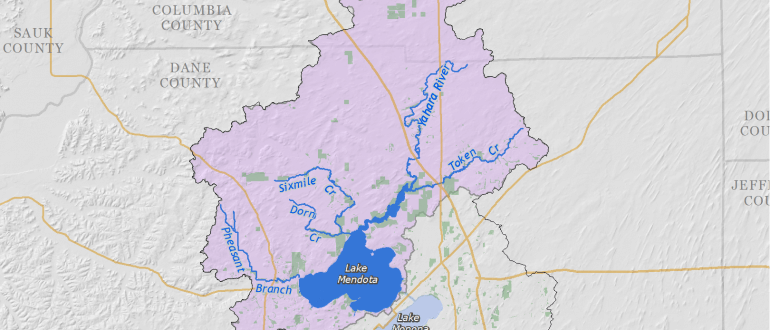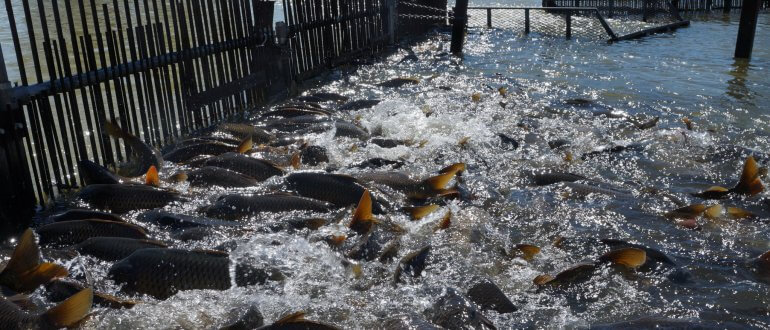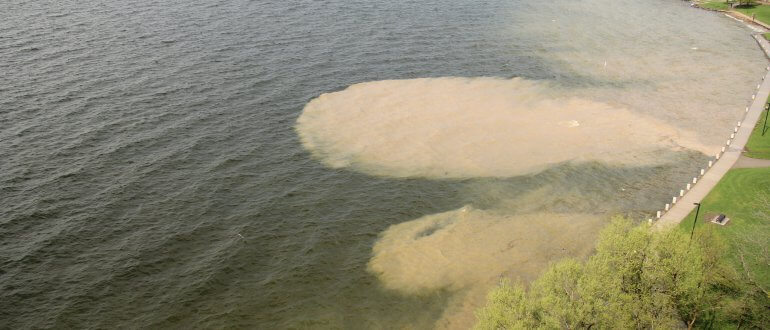Can garbage trucks help protect our lakes?
A partnership toward leaf management
Clean Lakes Alliance is excited to partner with the City of Madison for this month’s Clean Lakes Grant.
Leaf management is a crucial step toward reducing the amount of phosphorus that reaches our lakes. Through a Clean Lakes Grant awarded for 2018, the City of Madison is working to promote leaf management and leaf-free streets. Clean Lakes Alliance has contributed $4500, which will leverage a $9300 total project budget.
The City of Madison paired with the United States Geological Survey (USGS) to monitor phosphorus in the City’s storm drainage system. The study shows a direct correlation between the mass of leaves in the street and the amount of phosphorus reaching our lakes.
